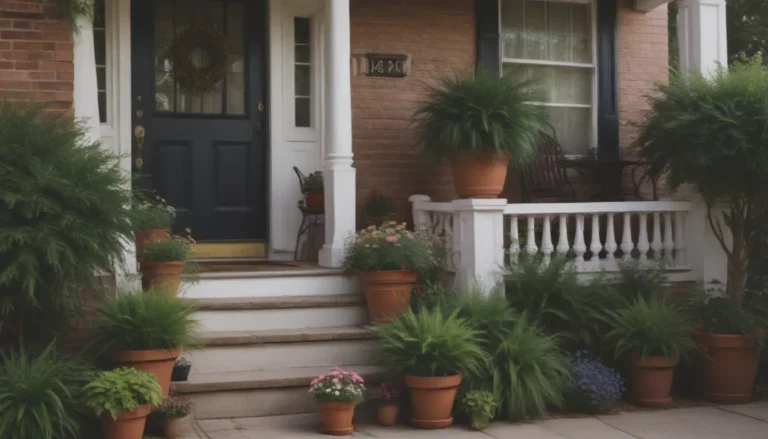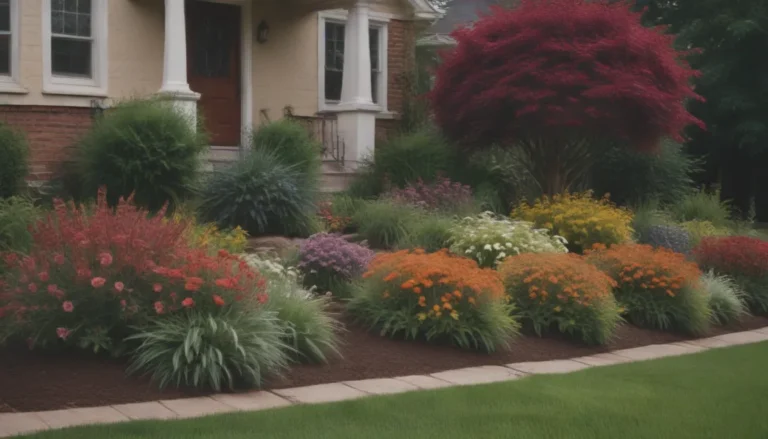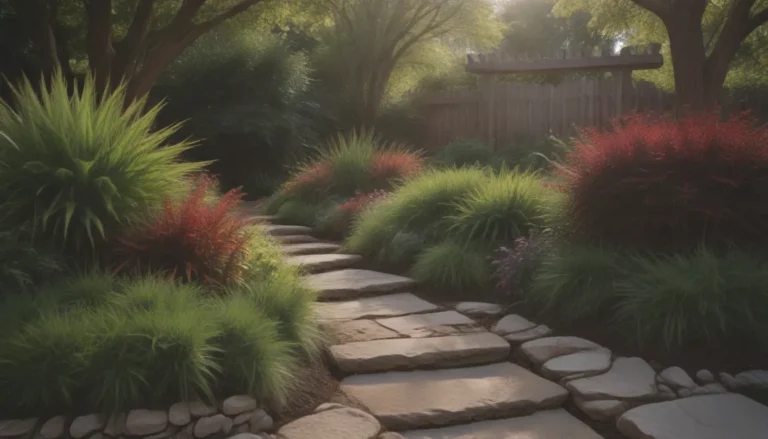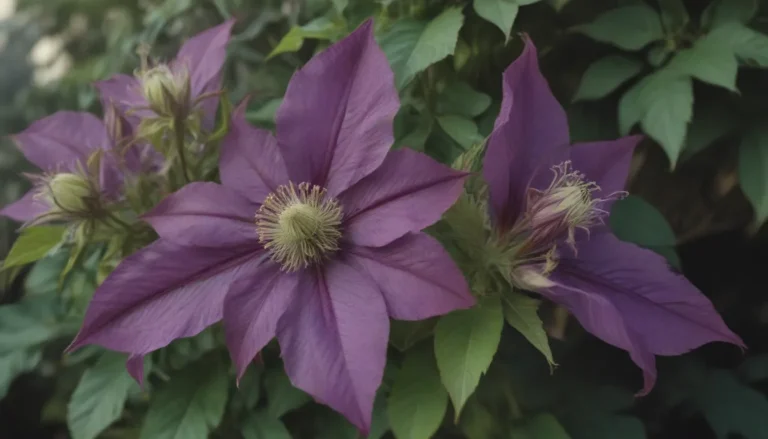Comprehensive Guide on Growing and Caring for Dahlias
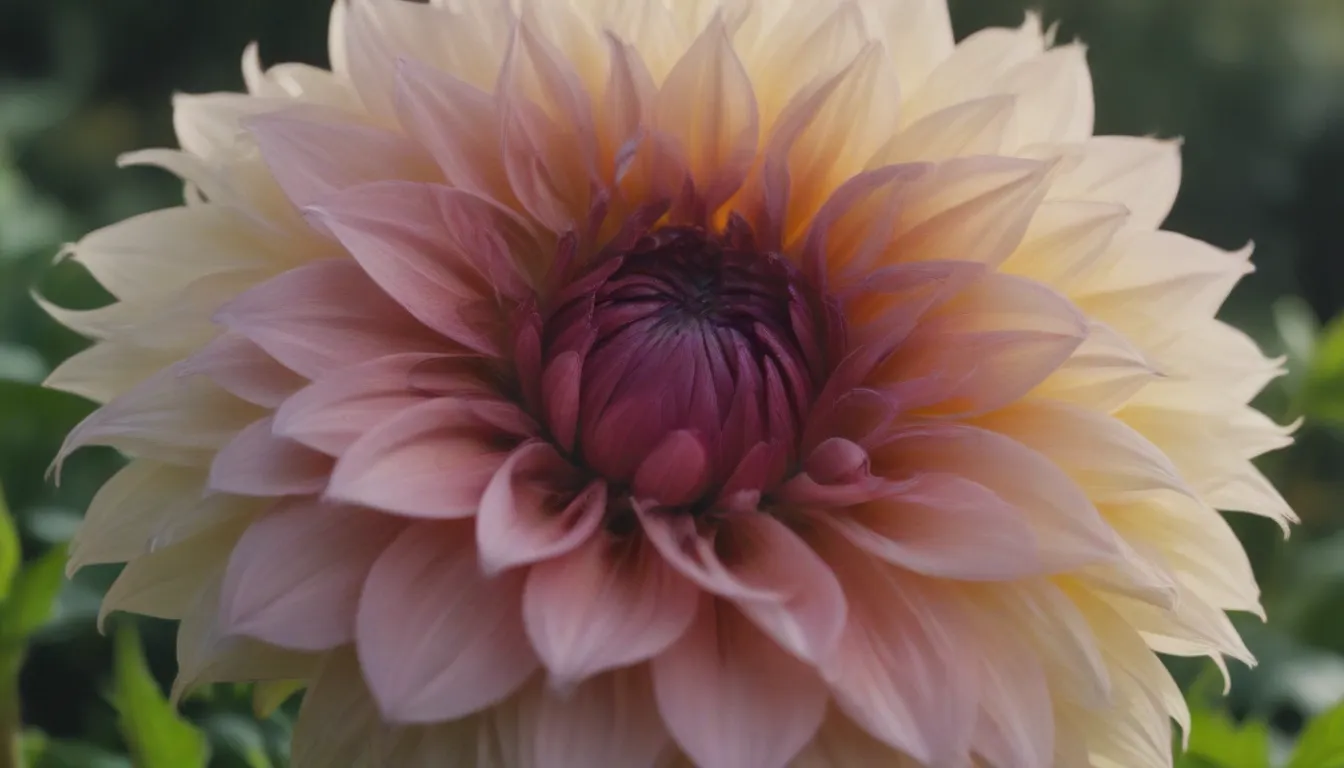
Are you looking to add a burst of color and beauty to your garden? Look no further than dahlias! These late-season flowers are a favorite among gardeners for their vibrant blooms that last from midsummer through the first frost. With a wide array of colors, patterns, sizes, and forms, dahlias can be a stunning addition to any landscape.
In this comprehensive guide, we will cover everything you need to know about growing and caring for dahlias to ensure your plants thrive and bloom to their fullest potential.
Dahlia Care Tips
Light
To produce abundant blooms, dahlias require full sun, preferably 6 to 8 hours a day. In warmer climates (USDA hardiness zones 8 and up), providing some shade during the mid-afternoon when the sun is at its hottest can benefit the plants.
Soil
Dahlias thrive in rich, loamy soil with plenty of organic matter that drains well. If your soil needs a boost, adding compost can improve its quality. For clay-heavy soil, incorporate sand, peat moss, or manure to enhance drainage. Aim for a neutral soil pH of around 6.5 for optimal growth.
Water
After planting dahlia tubers in spring, avoid watering until green growth appears above the surface. Once established, water your dahlias once or twice a week, ensuring deep watering as tubers can be planted up to six inches deep. In hot, dry weather, you may need to water more frequently to prevent soil from drying out.
Temperature and Humidity
Plant dahlias after the final spring frost when soil temperatures have reached 60 degrees Fahrenheit. If desired, tubers can be started indoors in containers for an early start. When storing tubers for the winter, ensure a slightly humid environment to prevent them from drying out.
Fertilizer
Dahlias are heavy feeders and benefit from regular fertilization to promote large, abundant blooms. Opt for a fertilizer high in phosphorus to encourage blooming, and follow the product instructions for application. Cease fertilizing in late August if planning to store tubers for the winter.
Types of Dahlias
Dahlias boast over 20,000 cultivars and 30 species, each with its own unique characteristics. Popular types like ‘Pianella,’ ‘Kelvin Floodlight,’ ‘Magenta Star,’ and ‘Moor Place’ offer a variety of shapes and flower patterns to choose from.
Pruning and Propagating
Pruning
Pruning dahlias when they reach about 16 inches in height by pinching the top tips above healthy leaves can encourage the growth of multiple new stems, resulting in fuller plants. Regular deadheading of spent flowers also promotes continuous blooming.
Propagating
Dahlias can be propagated from cuttings or overwintered tubers. Dividing tubers for planting in containers indoors before outdoor temperatures warm up can yield mature plants that bloom earlier in the season.
Growing Dahlias From Seed
Dahlias can be grown from seeds purchased at nurseries or collected from existing plants. Follow specific instructions for potting and caring for dahlia seedlings to ensure successful growth.
Potting and Overwintering
Potting
For container-grown dahlias, choose large containers at least 12 inches deep and wide. Stake stems for support and provide ample sunlight during the growing season to encourage blooming.
Overwintering
In cooler climates, dahlias should be dug up and tubers stored indoors for the winter to protect them from frost. Follow proper storage techniques to ensure healthy tubers for replanting in the spring.
Common Pests and Diseases
Dahlias are susceptible to pests like slugs, earwigs, caterpillars, and thrips, as well as fungal diseases like powdery mildew. Ensure good air circulation around plants and treat infections promptly with natural solutions like neem oil.
Maximizing Bloom Potential
Bloom Months
Dahlias bloom from midsummer through fall, typically between June and September or October, depending on the region. With proper care, dahlias can bloom for up to 120 days.
Encouraging More Blooms
To promote abundant blooming, stake plants for support, fertilize every two weeks with a high-phosphorus organic fertilizer, provide adequate water, and deadhead spent flowers promptly.
Harvesting and Arranging
Harvest dahlias when flowers are almost fully open for the longest vase life. Cut stems in the morning when plants are well-hydrated, and place them in water immediately to seal the stems.
Troubleshooting Common Problems
From stem rot to wilting flowers and yellowed leaves, dahlias can face various challenges. Address issues like poor drainage and overwatering to prevent problems and ensure healthy plant growth.
In conclusion, growing and caring for dahlias can be a rewarding experience for any gardener. By providing proper sunlight, soil, water, and maintenance, you can enjoy a bountiful display of colorful blooms from midsummer through fall. Whether you’re a seasoned gardener or a beginner, dahlias are a versatile and vibrant addition to any garden landscape.
So, why not give dahlias a try in your garden this season? With a little care and attention, these stunning flowers are sure to brighten up your outdoor space and bring joy throughout the growing season. Happy gardening!
References: ASPCA Animal Poison Control, University of Missouri Division of Plant Sciences, Rutgers Cooperative Extension, Clemson Cooperative Extension, University of Idaho Extension.
